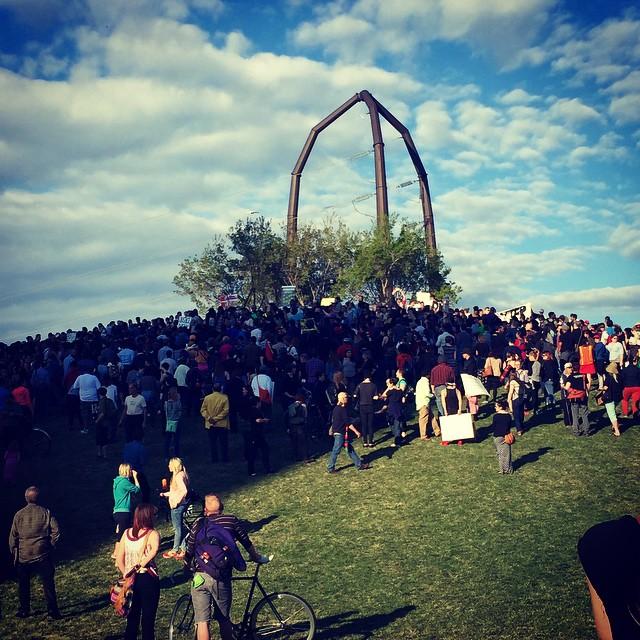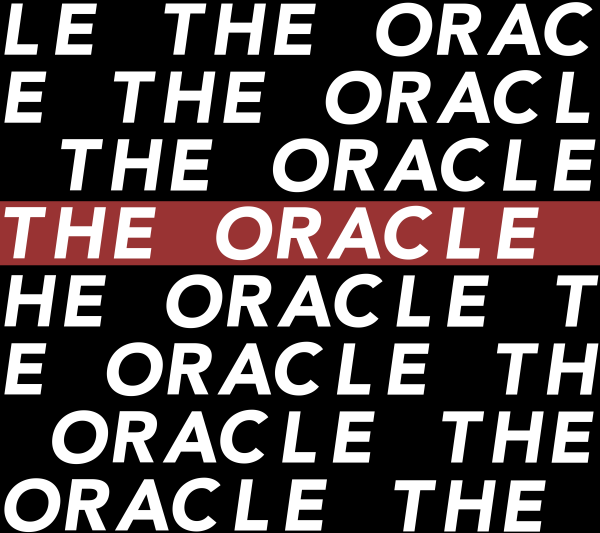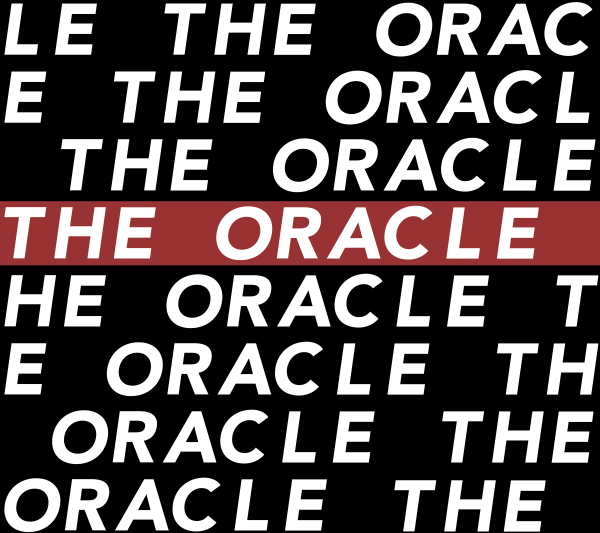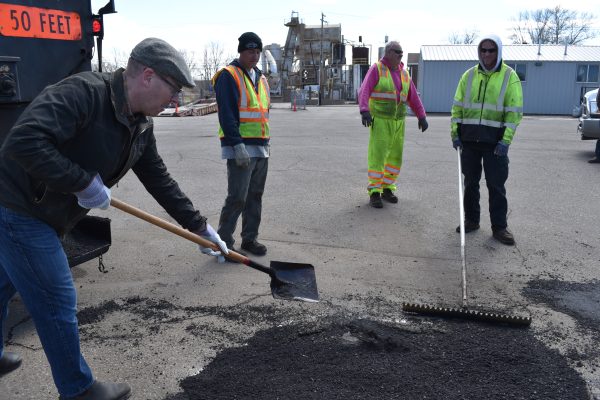Minneapolis marches on racism
Gold Medal Park served as the starting point for those marching to bring awareness to the Black Lives Matter movement.
May 12, 2015
The clothes were newer, the phones were smarter, but last Wednesday, the streets of Minneapolis still looked like a scene from the American Civil Rights Era. Decades after the struggle that eventually resulted in a racially integrated society, citizens are still using the method of peaceful protest to combat the racism that never really went away.
Wednesday’s rally, which began in Gold Medal Park and progressed into Northeast Minneapolis, was part of a larger nation-wide protest of the death of Freddie Gray, a black man who was injured and died at the hands of Baltimore police on April 19. More than 1,000 protesters gathered to talk, chant and march to bring awareness to the racial violence that has been plaguing the nation, now more visibly than ever.
Junior Brooke Wallington attended the rally, along with several friends and other members of the Hamline community. Wallington is involved with Hamline’s chapter of MPIRG, which is how she found out about the rally.
“MPIRG is very involved in the Black Lives Matter movement, so we decided to go to represent them but also because it’s just an issue we care about,” she said.
As the group of protesters moved across the city, they blocked entire streets and stopped traffic.
“One of the chants was ‘Who’s street? Our street!’” Wallington said. “We have the power to shut down the streets because the streets belong to people, and people have the right to be safe in these streets.”
According to Wallington, Minneapolis police were present to facilitate the march and direct traffic.
“It was a really interesting feeling knowing that they were there watching this happen,” she said. “I was trying to think about what they might be thinking. They were there the whole way and just making sure that there wasn’t too much disruption caused.”
While Wallington was intrigued by the police’s role in this occasion, she believes that they are not the only ones who need to hear the message the protesters were trying to convey.
“While we were marching, we went by a lot of apartment buildings, and there were people sitting out on their balconies filming us as we walked,” Wallington said. “It’s for legislators, it’s for people in power, but it’s also for people who are sitting. Those are the people we are trying to speak to, the ones whose lives we are disrupting. The ones who are sitting at home, we want to make them look at this movement that’s building. Eventually I hope it’s something that everybody recognizes as an issue. You think of the Civil Rights Movements of the 50s and 60s, so I hope it’s that same vein of thought, in showing people that this is a problem. We’re trying to get more people to see that and do something about it.”
Wallington said that this is the first time she has attended a protest, and was impressed with the friendliness and welcoming atmosphere from other protesters.
“It was a lot less scary than I thought it would be,” Wallington said. “I thought it would be a lot more intimidating. For students, you know Hamline tends to be a campus where people care about a lot of issues, and it’s very accepting. People are just happy to have people there that really care.”
The Wednesday evening rally was followed by a walkout march by students of Minneapolis high schools on Friday—one more protest in a long chain of social movements attempting to bring an end to police brutality and racial profiling.
“It’s a very visible, non-destructive way to show, look how many people are willing to disrupt their own schedules and the schedules of other people to say ‘we’re not okay with this anymore,’” Wallington said.





